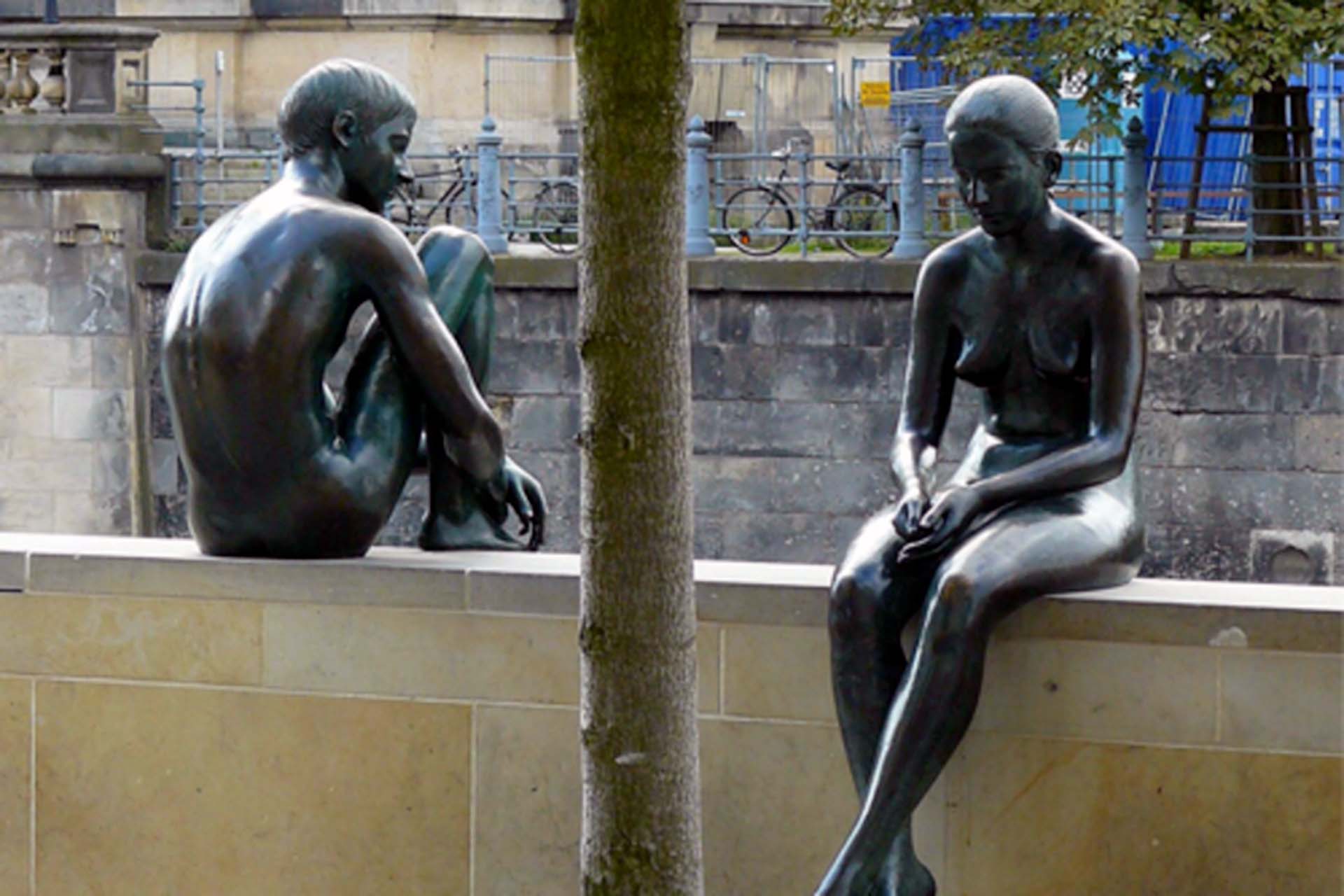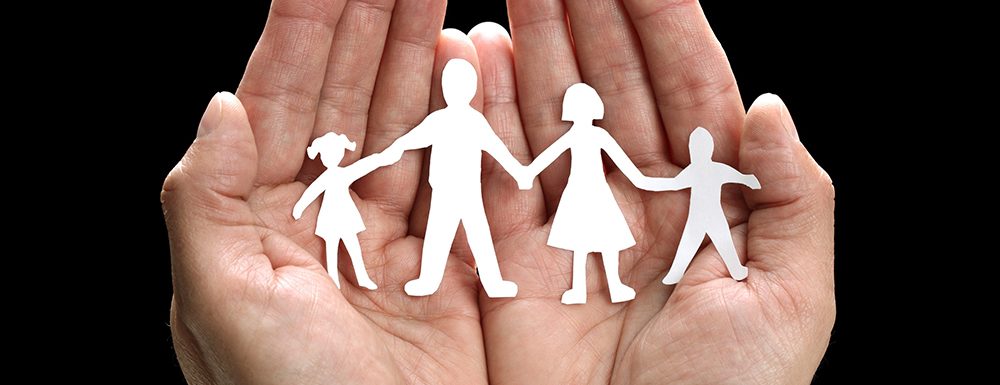
Preventing human trafficking requires exploration of root causes. Youth Ambassador Isobel Archer explores how a gender lens must be applied when analysing human trafficking cases and the efficacy of prevention efforts.
Historically, international law has addressed modern slavery as a transnational crime relating to sex trafficking of women; today, the Palermo Protocol encompasses all forms of slavery including sexual exploitation, forced labour and organ trafficking. The conflation of sex trafficking with modern slavery persists, however, leading to assumptions that it is mainly or only women who are at risk. In fact, the ILO estimates the gender split in modern slavery worldwide to be 55% women, 45% men, which is probably less drastic a ratio than many would expect. Different types of exploitation and sectors affect men and women to different degrees and vary geographically, yet because there is an overwhelming assumption that women are most vulnerable to exploitation, feminised work sectors face more scrutiny. For example, whilst 95% of sexual exploitation victims are female, 80% of those in forced labour (primarily construction and fisheries industries) are male. Further, because feminised work such as sex trafficking and domestic servitude mostly takes place in private, these crimes are consequently sensationalised by the media. Instead, men who are trafficked into forced labour are hidden in plain sight, overlooked precisely because their visible presence on construction sites or fishing boats legitimises their work. This post will explore how gender impacts vulnerability and why anti-trafficking work needs to be more gender appropriate. Until we look past a narrow view of slavery, we will struggle to see the bigger picture and take appropriate steps to tackle human trafficking on a global scale.
Sex trafficking, vulnerabilities & power
The UN repeatedly highlights the demand and supply model for sex trafficking as it relates to this gender divide. They emphasise how traffickers’ preference for women and girls is rooted in a general perception that they are more physically and emotionally vulnerable than men. They are therefore seen to be controlled more easily, are less likely to seek revenge on exploiters than men, and overall are “deemed a safer risk”. It is often the patriarchal structures entrenched in slaves’ countries of origin that feed the demand-supply model; they create and perpetuate economic and social inequalities which paradoxically lead to an increased demand for women’s sexual services and marriage.
Case Study
In China and India, men and boys are often perceived to hold inherently higher value in society than women and girls; this belief is entrenched and leads to systemic problems. For example, such deeply rooted gender biased belief systems often lead to higher rates of sex-selective abortions and female infanticide, leading to severely gender imbalanced populations. To meet a growing demand for wives, the in-country buying and selling of child brides in India is endemic. Similarly, a preference for baby boys in China, as well as its decades long and infamous one-child policy, has resulted in a male-heavy population – there are approximately 33 million more men than women in China. Traffickers over the border in Vietnam and Myanmar, where years of war have actually created a surplus of women and girls, are stepping in to meet the Chinese market demand for child brides and forced marriages.
Whilst societies continue to place higher economic and social values on men than on women and equate a woman’s value with the sexual services she can provide, women will always be more vulnerable to sex trafficking than men.
The prevailing narrative of human trafficking consequently portrays a female survivor as the passive, helpless victim of controlling and exploitative men. It’s important to consider the other side of this narrative too – the UN estimates that up to 28% of traffickers are female, and may have been trafficked themselves. Often they become an abuser in order to avoid further exploitation. Sometimes women are considered to be more ruthless exploiters than men precisely because they are able to play on stereotypes of the caring, protective woman. We are correct in recognising that women can be vulnerable to gender-specific forms of trafficking, but to fully appreciate the complexities and reality of exploitation, we need to challenge sensationalising of the male-abuser/ female-abused relationship to better understand the role of gender in trafficking.
Impact of economic inequality
In domestic work gender and economic inequality are underlying aspects which leave poorer, often foreign women open to exploitation, often by other, wealthier women. The UK has seen several cases of this type in recent years; Justice for Domestic Workers was set up by women previously trafficked to the UK to work in wealthy households, including diplomats and expats from Russia or Saudi Arabia. Increased industrialisation in previously less-well developed countries such as Singapore, Malaysia and Lebanon has led to a growing number of educated, professional women who demand domestic help. The economic disparity with less developed countries such as Sri Lanka and Myanmar leaves low-skilled female workers from these countries open to abuse from wealthy, middle-class women overseas whose exploitation of them is sanctioned by a general attitude which regards feminised work, such as housekeeping, cooking and cleaning as informal “help”. Once again, stereotyping men and women into straightforward victim/ trafficker roles simplifies what can be a highly complex dynamic relationship and overlooks the role of women themselves in perpetuating men’s market demand for women.
Male victims
An underlying assumption when it comes to the movement of people is that “men migrate but women are trafficked”. This continues to shift the focus away from male victims for whom reporting and self-identifying as a victim comes with a stigma attached to the admission of possible vulnerability or loss of autonomy. In fact, there are many sectors where the number of men exploited far outweighs that of women. The construction sector, for example, historically a male-dominated industry is particularly susceptible to human trafficking risk; in the UK this is increasingly coming to light yet elsewhere in the world slavery in construction is an open secret. High demand for low wages and a thriving construction industry puts pressure on companies to cut costs wherever possible – including wages, maintaining appropriate working environment, and providing workers’ accommodation. In an industry which is particularly attractive to male migrants, those with less formal education and those desperately seeking work, construction companies can take advantage of complex procurement structures and a lack of industry-wide regulation without exploitation ever being addressed. The vast number of men worked to death during construction of the football World Cup stadium in Qatar, for example, has led to its label as the bloodiest world cup in history.
Exploitation in the fisheries industry is also a major hotspot for male victims of trafficking. The fisheries industry in south-east Asia, particularly in Thailand, Myanmar and the Philippines relies heavily on male workers trafficked onto fishing boats. Men make up 80% of those enslaved. Often spending weeks at sea, men are at the mercy of their unscrupulous traffickers, whose casual attitude to workers as expendable leads them to beat and murder anyone who can no longer keep up with the gruelling work. Again, workers’ low socioeconomic status and dependence on an industry for which there is high demand and pressure to keep down expenditure, leaves them open to labour exploitation. So whilst international law does now recognize the specific vulnerabilities of men to trafficking, there’s still a disconnect between the reality and public awareness-raising efforts, research and provision of services specifically for men.
The response
Unfortunately, responses and approaches to tackle human trafficking are often not gender-appropriate and in some cases have actually been harmful. An example is the now infamous ban imposed on young women travelling to Thailand by the Burmese government. The ban was supposedly intended to decrease the risk of migrant women being trafficked into domestic servitude yet left women open to exploitation both sides of the border; those wishing to travel internationally were forced to look for illicit channels that they could move through instead. Women resorted to paying people smugglers, were left at risk of debt bondage and were subject to sexual harassment from border guards who took advantage of an impossible situation. Far from a solution, the ban created a lucrative market for traffickers.
On the other hand, male trafficking victims face discrimination from a general attitude that pins men as perpetrators of crime, or generally more autonomous and in control of their own lives. The shame and stigma attached to being a victim of trafficking is often stronger for a man, who is statistically less likely to seek professional help and support than a woman. Reflecting this, most bed spaces and refuges for trafficking victims are inevitably reserved for women. A Polaris report looked at 50 American organisations offering beds in refuges exclusively for victims of trafficking. They found that 412 beds were reserved specifically for women but only 2 for men. 66% of beds are intended for victims of sex trafficking, whereas a shocking 0% are set aside for victims of labour trafficking. Whilst the Palermo Protocol and trafficking definition has made its way into legislation, support for victims lags behind the reality of who really makes up the 45.8m slaves today. The existence of such misperceptions go some way to explain the research gap regarding the intersection of trafficking and male labour exploitation.
Anti-trafficking approaches must be gender sensitive if they are to have a true and long lasting impact, yet so few rehabilitative and restorative programmes seem to take the experience of men and boys into account. Similarly, not enough anti-trafficking movements are seeking to address the underlying gender inequalities to improve economic empowerment of women and girls the world over, which would certainly go some way to reduce their risk of trafficking.


